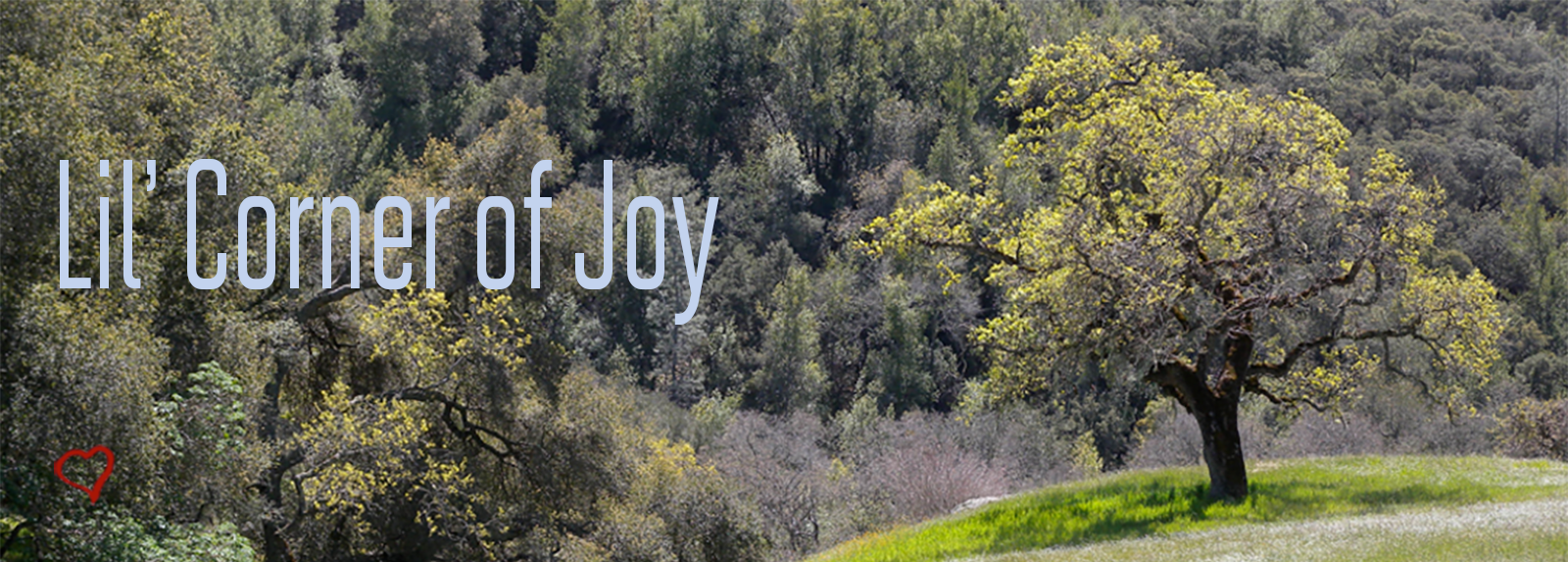Giraffes have been in the news lately. The birth of a male baby giraffe at Animal Adventure Park in Upstate New York had giraffe fans from all over the world in ecstasy, only for this happy news to be overcast by bigger, less enjoyable news. Giraffe populations are falling. According to the Giraffe Conservation Foundation (GCF), giraffe population dropped by 40% in the past three decades, while some subspecies have declined by 80-90%. Despite these numbers and the animal’s popularity, the danger to giraffes remains largely unnoticed, prompting experts to call this a “silent extinction.”
Many years ago, I had the good fortune to travel through Botswana and Zimbabwe with my family. We visited several of the area’s wildlife preserves and saw elephants, giraffes, lionesses, wild dogs, and countless wildebeest, antelope and other ungulates as well as colorful fantastic birds. I still remember my first sighting of an elephant. We were driving in a Land Rover and still reeling from our guide having run over a bird, still wary of tse-tse flies, still wondering where exactly we can pee (if we need to) in this wilderness of low acacia trees and wide open spaces. When the vehicle stopped, we looked about us, wondering what was wrong. “Elephant on the right,” the guide explained, and one confused moment later, we turned to the right, and there it was: a giant flapping its ears, staring at us.
As I write this, it occurs to me, it was afraid of us. It flapped and stared, and then, with a snap and a crackle of the vegetation around it, it was gone.
On our final safari day, about to exit the park and head over to Victoria Falls (our last stop on that trip) we saw a large herd of giraffes. They seemed numerous, surreal, like a cloud of gnats except tall and huge and somehow orange against the yellow and grey-green of the African savannah. When we saw the wild dogs several days before, our guide paused for an hour to admire and photograph them. This time, perhaps eager to get rid of us and go home, he pressed his foot on the accelerator, and on we zoomed, passing by the giraffes as though they were a common sight, as though they will always be there for us if we ever came back, as though they were nothing but a blur.
Someone said to me not too long ago: “Why are conservationists working so hard to keep pandas alive? Let them go extinct if they must, but don’t keep them alive in artificial ways and artificial places.” Why, indeed? Why are some people fighting so hard — even risking their lives — to keep the last few giant pandas, mountain gorillas, and rhinos from dying out? Why do scientists and conservationists warn us again and again of the plight of the polar bears, frogs, elephants and bats?
According to experts (see the Center for Biological Diversity or E.O. Wilson’s books) between 30% and 80% of the world’s species could be gone by 2050 — that’s thirty-three years from now. I was born in 1972 and potentially could still be alive in 2050. My son and daughter, born at the turn of this century, would in all likelihood live to see whether this prediction comes true. In order to imagine the magnitude of this extinction event, which some call the Sixth Extinction (and say we’re in the midst of it right now), E.O. Wilson recommends looking around us, and then imagining 80% of everything gone. If outside my window there are live oaks, valley oaks, black oaks, bay trees, poison oak, hound’s tongue, blue dicks (these are two kind of wildflower), madrones, redwoods, and manzanita, this could mean that by 2050 potentially only two of these species would still exist. And this prediction refers not only to plant life, but to animals as well.
Perhaps some can imagine a world without pandas, without dolphins, manatees, or giraffes. Perhaps some think, so what? So what if they’re gone? We humans are inventors, creators. We will make something else beautiful to replace them. Today, some might say, we can do almost anything, and it is only a matter of time before we can create whole new animals from scratch. Some might rejoice at a world without poison oak, or ants, mosquitos or yellow jackets. But to me, and perhaps to you too, our world becomes poorer with each species that goes extinct. I have never seen the dodo or the great auk. The passenger pigeon flew its last flight over the Eastern United States before I was born, and the Steller’s sea cow, a relative of the manatee, floated its last in the North Pacific kelp even before my great-great grandmother was a thought in her mother’s mind. There will never be a dodo or a great auk to replace them. The richness of two-hundred species of frogs and their myriad interwoven contributions to the natural world can never be reproduced and will never be experienced again.
Doing something for the world doesn’t have to be hard or require you to pull out your purse. Commit not to drink from straws and bring that cup to Starbucks in order to reduce your plastic usage (in fact, skip the Starbucks altogether and make yourself coffee at home). Turn off the lights behind you when you leave a room. Go for a walk with a child and teach them about appreciating nature. Or even better, go outside right now and hug a tree or appreciate the song of a bird or the flight of a hawk. We’re doing this not just for the survival of the pandas, giraffes, and golden frogs, but for our own kids, who — has it occurred to you when the estimate of 80% of all that you see around you was mentioned before? — may also be one of the species facing extinction thirty-three years away in an unknown future.
